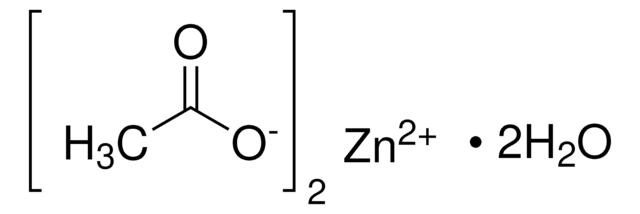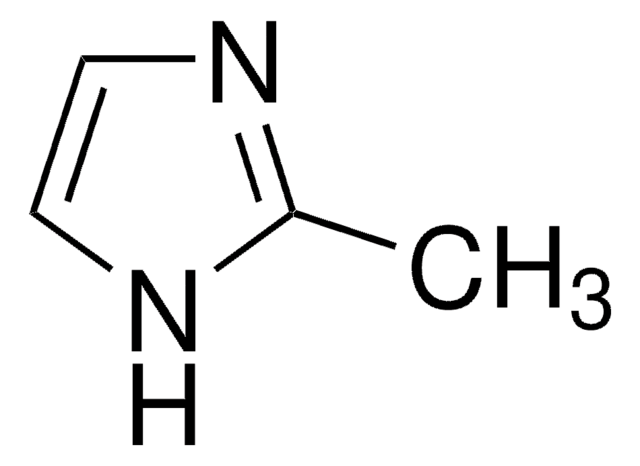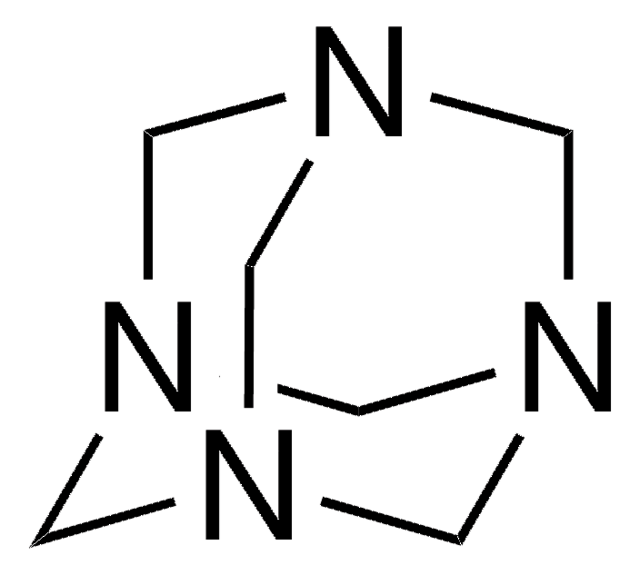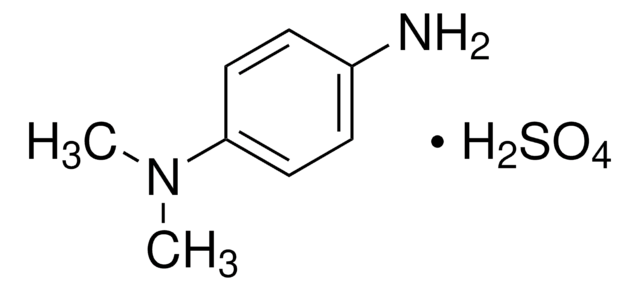About This Item
Recommended Products
grade
reagent grade
Assay
≥98% (EDTA titration)
form
powder
reaction suitability
reagent type: catalyst
core: zinc
SMILES string
O.O.CC(=O)O[Zn]OC(C)=O
InChI
1S/2C2H4O2.2H2O.Zn/c2*1-2(3)4;;;/h2*1H3,(H,3,4);2*1H2;/q;;;;+2/p-2
InChI key
BEAZKUGSCHFXIQ-UHFFFAOYSA-L
Looking for similar products? Visit Product Comparison Guide
Related Categories
Application
- Innovative surfactant-free synthesis of core-shell SiO(2)/ZnO particles: rapid ultrasonication and photocatalytic inhibition.: This study utilizes zinc acetate dihydrate in the surfactant-free synthesis of SiO2/ZnO core-shell particles, demonstrating significant photocatalytic properties for environmental applications. The method involves rapid ultrasonication, highlighting the efficiency of zinc acetate dihydrate in advanced material synthesis (Qomariyah et al., 2024).
- Self-Healing Ionogel-Enabled Self-Healing and Wide-Temperature Flexible Zinc-Air Batteries with Ultra-Long Cycling Lives.: Zinc acetate dihydrate is employed in the fabrication of innovative self-healing ionogels for zinc-air batteries. This development extends battery life and enhances performance across a wide temperature range, marking a breakthrough in energy storage technology (Li et al., 2024).
- The implementation of ZnS-SnS BM NPs for phenanthrene degradation: An adsorptive photocatalyst approach and its toxicity studies in adult zebrafish.: Zinc acetate dihydrate is a key precursor in synthesizing ZnS-SnS nanoparticles, used for degrading environmental pollutants like phenanthrene. The study also evaluates the ecological impact, demonstrating the material′s low toxicity (K et al., 2024).
- Effect of ZnCl2 assisted chemical bath deposition on preferred orientations and optical properties of ZnO films.: This research investigates the role of zinc acetate dihydrate in the chemical bath deposition of ZnO films, enhancing their optical properties. The study contributes to the advancement of materials for optical and electronic applications (Guo et al., 2023).
Signal Word
Danger
Hazard Statements
Precautionary Statements
Hazard Classifications
Acute Tox. 4 Oral - Aquatic Chronic 2 - Eye Dam. 1
Storage Class Code
11 - Combustible Solids
WGK
WGK 3
Flash Point(F)
Not applicable
Flash Point(C)
Not applicable
Certificates of Analysis (COA)
Search for Certificates of Analysis (COA) by entering the products Lot/Batch Number. Lot and Batch Numbers can be found on a product’s label following the words ‘Lot’ or ‘Batch’.
Already Own This Product?
Find documentation for the products that you have recently purchased in the Document Library.
Customers Also Viewed
Our team of scientists has experience in all areas of research including Life Science, Material Science, Chemical Synthesis, Chromatography, Analytical and many others.
Contact Technical Service













